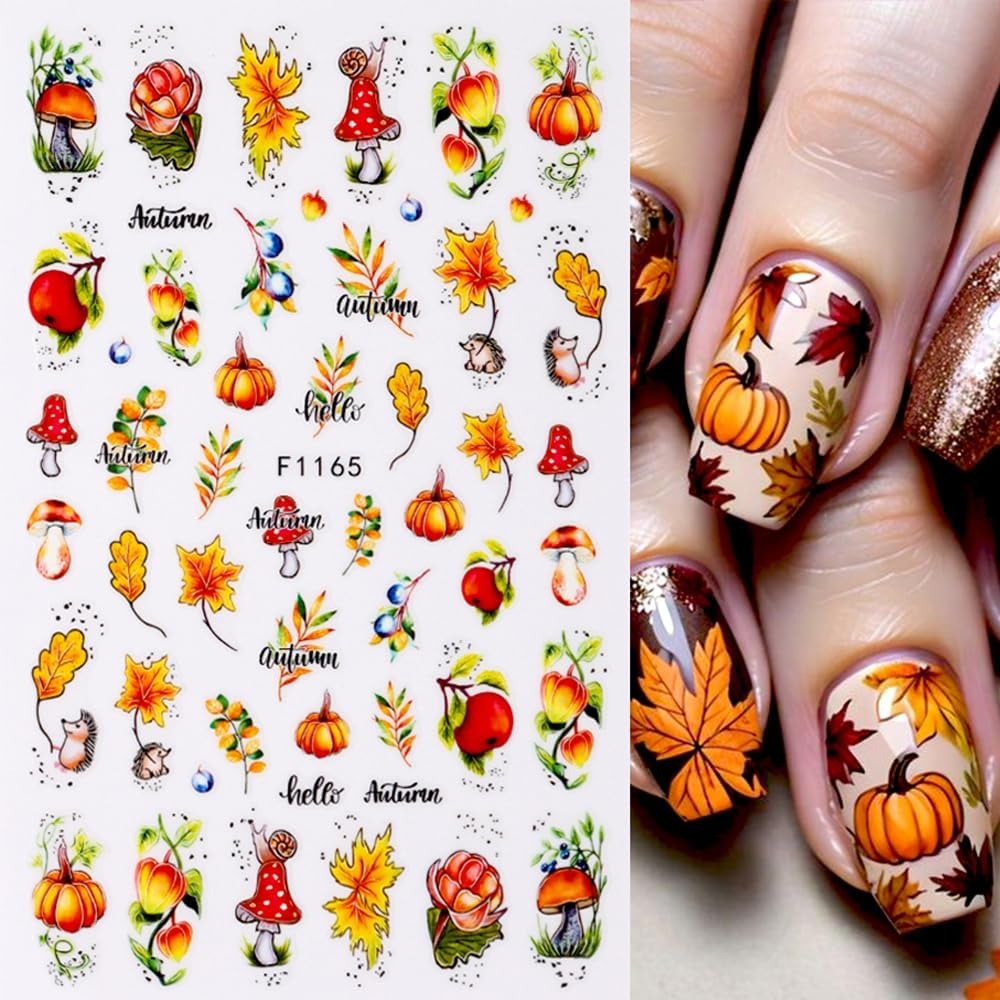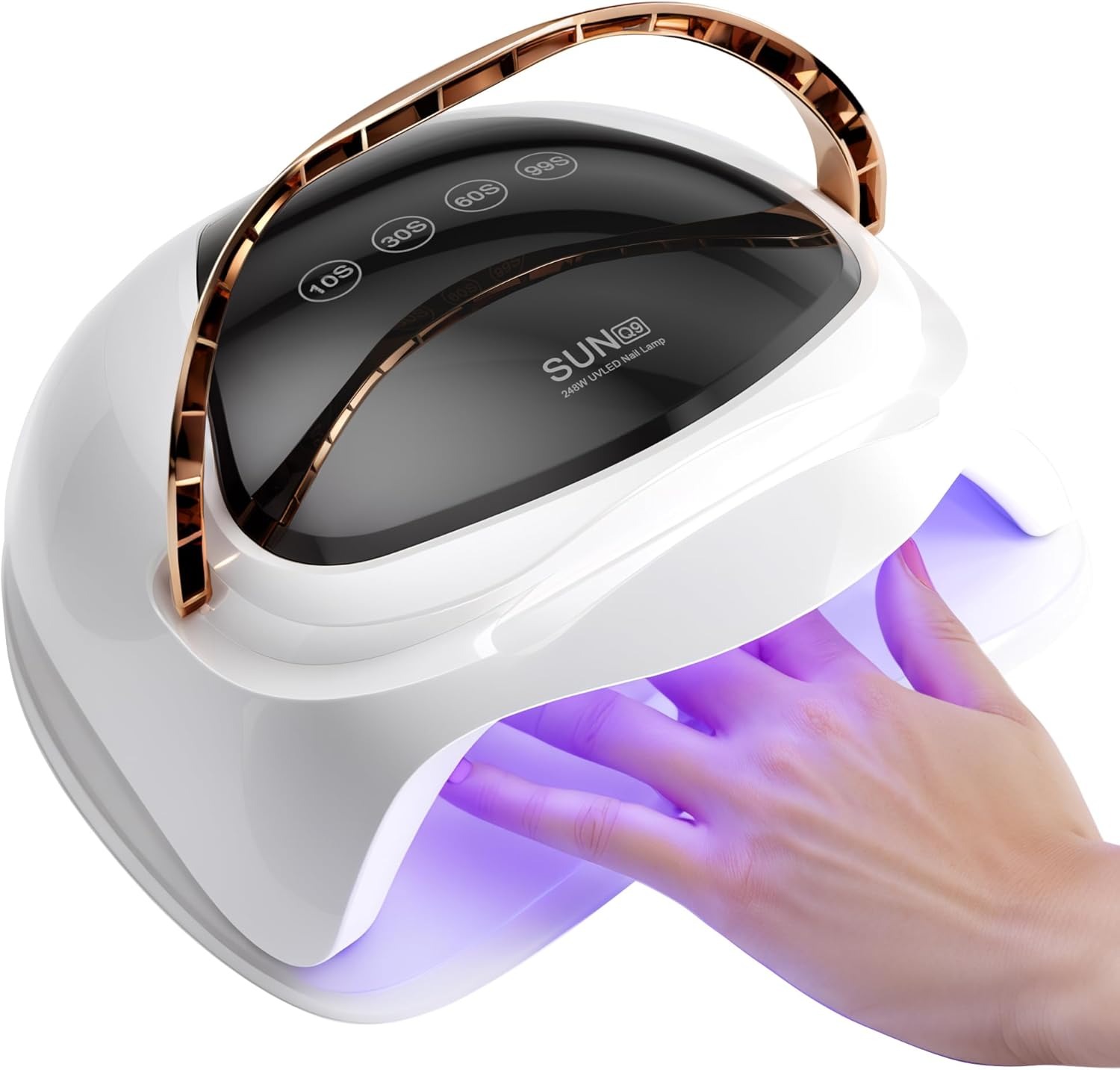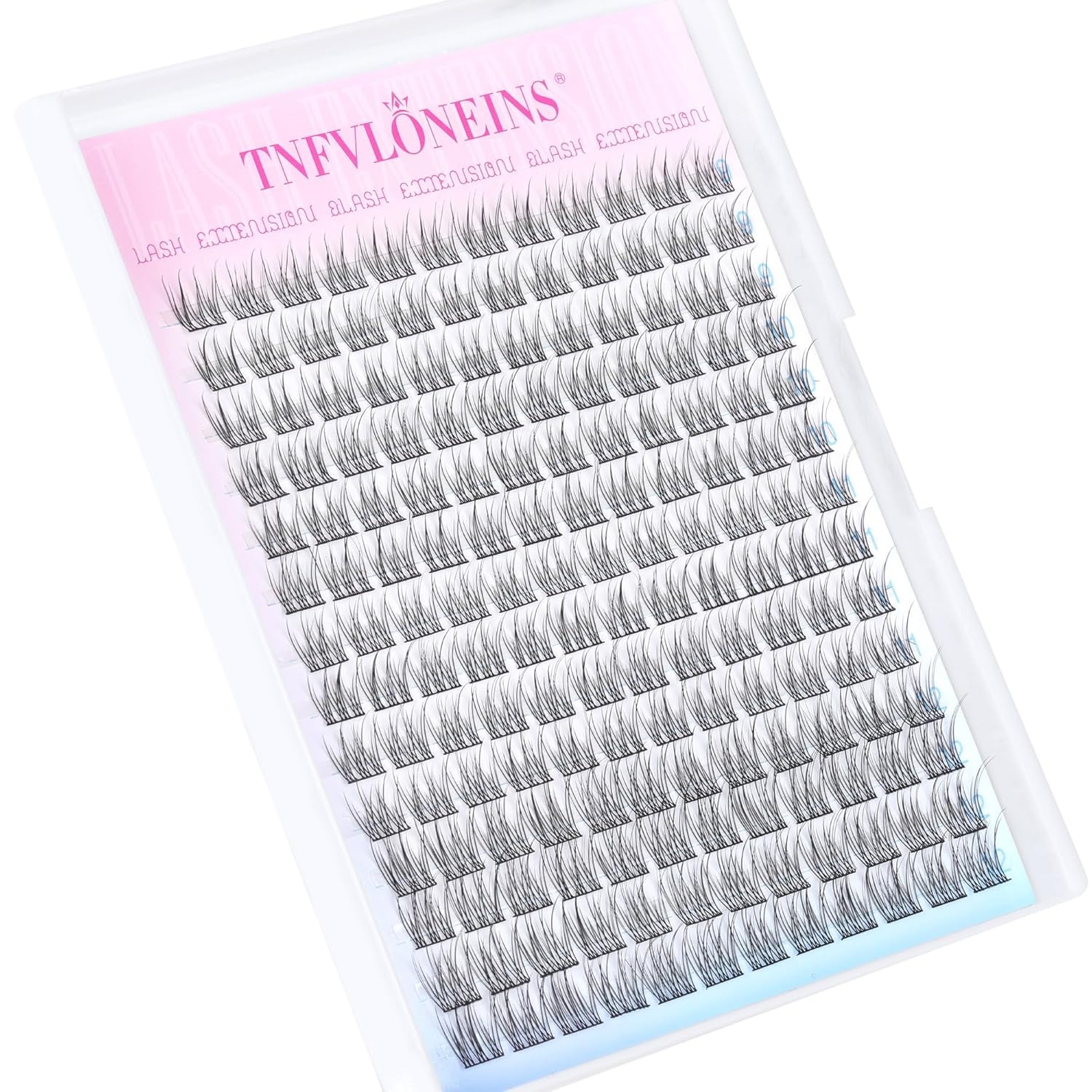The Allure of Acrylic Nails
Acrylic nails have taken the beauty world by storm. These versatile and durable nail enhancements offer endless possibilities for self-expression. Women of all ages flock to nail salons, seeking the perfect set of acrylics to complement their style. The appeal lies in the ability to transform short, brittle nails into long, strong, and elegant extensions. Acrylic nails provide a canvas for intricate designs, bold colors, and eye-catching embellishments. Moreover, they boost confidence and add a touch of glamour to any outfit.
From office professionals to celebrities on the red carpet, acrylic nails have become a staple in the fashion and beauty industry. Their popularity continues to grow, with new trends and techniques emerging regularly. As a result, the demand for skilled nail technicians has skyrocketed. This blog post delves into the world of elegant acrylic nails, exploring their history, application process, maintenance, and latest trends. Whether you’re a nail enthusiast or a curious newcomer, this guide will provide valuable insights into the art of acrylic nails.

The History and Evolution of Acrylic Nails
Acrylic nails have come a long way since their inception. The concept of artificial nails dates back to ancient civilizations, with early versions made from materials like bone and ivory. However, modern acrylic nails as we know them today were invented in 1954 by Fred Slack, a dentist who accidentally discovered the technique while repairing a broken fingernail. This breakthrough led to the development of professional-grade acrylic nail products in the 1970s. Since then, the industry has experienced rapid growth and innovation.
Early acrylic nails were often thick and unnatural-looking, but advancements in technology have resulted in more realistic and elegant options. The introduction of UV gel and LED-cured acrylics has further improved the durability and appearance of these nail enhancements. Additionally, the rise of social media has played a significant role in popularizing acrylic nails and showcasing intricate nail art designs. Today, acrylic nails are available in a wide range of shapes, lengths, and styles, catering to diverse preferences and occasions. From classic French tips to bold stiletto nails, the possibilities are endless. The evolution of acrylic nails continues, with ongoing research and development focused on creating safer, longer-lasting, and more environmentally friendly products.
The Science Behind Acrylic Nails
Understanding the science behind acrylic nails helps appreciate their durability and versatility. Acrylic nails consist of two main components: a liquid monomer and a powder polymer. When combined, these substances create a chemical reaction called polymerization. This process forms a hard, plastic-like material that adheres to the natural nail. The nail technician carefully applies this mixture, shaping it to the desired length and form. As the acrylic dries, it hardens into a strong, durable extension. The strength of acrylic nails comes from the cross-linking of polymer chains during the curing process.
This molecular structure provides excellent resistance to breakage and chipping. Furthermore, acrylic nails are porous, allowing them to bond securely with nail polish and other decorative elements. The science of acrylics also extends to the development of different formulations. Some acrylics incorporate UV inhibitors to prevent yellowing, while others include flexible polymers for a more natural feel. Advanced acrylic systems even offer odor-reducing properties and improved adhesion. The ongoing research in nail technology continues to push the boundaries of what’s possible with acrylic nails. From enhanced durability to faster curing times, these scientific advancements contribute to the ever-growing popularity of acrylic nails.

The Application Process: From Natural to Fabulous
Transforming natural nails into elegant acrylic masterpieces involves a meticulous process. First, the nail technician thoroughly cleanses and sanitizes the hands and nails. Next, they gently push back the cuticles and lightly buff the natural nail surface. This step creates a clean canvas and improves adhesion. The technician then applies a nail dehydrator and primer to remove any remaining oils and enhance the bond between the natural nail and acrylic. After preparation, the real artistry begins. The nail technician selects the appropriate nail form or tip, depending on the desired length and shape.
They carefully apply the acrylic mixture, using a small brush to sculpt and mold the material. Skill and precision are crucial during this stage to achieve a smooth, even application. Once the acrylic has dried, the technician files and shapes the nails to perfection. This step requires attention to detail to ensure symmetry and a natural-looking C-curve. Finally, the nails are buffed to a smooth finish, ready for polish or nail art. The entire process typically takes one to two hours, depending on the complexity of the design. Many clients find the application process relaxing and enjoy watching their nails transform. With proper technique and high-quality products, the result is a set of stunning, long-lasting acrylic nails.
Choosing the Perfect Shape and Length
Selecting the ideal shape and length for acrylic nails is crucial for achieving an elegant look. Popular shapes include square, round, oval, almond, coffin, and stiletto. Each shape offers a unique aesthetic and suits different hand types and personal styles. Square nails provide a classic, timeless appearance and work well for those with long fingers. Round and oval shapes create a soft, feminine look and are perfect for shorter fingers. Almond nails elongate the hands and offer a sophisticated touch. Coffin nails, also known as ballerina nails, feature a tapered square tip and exude modern elegance. Stiletto nails make a bold statement with their dramatic pointed tips.
When choosing a length, consider lifestyle and practicality. Short to medium-length nails are versatile and suitable for everyday wear. Longer nails create a more glamorous effect but may require some adjustment in daily activities. The nail technician can offer expert advice on the most flattering shape and length based on hand structure and personal preferences. It’s important to remember that acrylic nails can be customized to any desired shape and length. Many clients opt for a combination of shapes, such as a squoval (square-oval) or a soft square. Experimenting with different shapes and lengths allows for personal expression and keeps the look fresh and exciting.

Color Trends and Nail Art Techniques
The world of acrylic nails offers endless possibilities for color and design. Current trends range from classic nude shades to bold neons and everything in between. Metallic finishes, such as chrome and holographic effects, continue to gain popularity. Pastel hues provide a soft, romantic look, while deep, rich colors add drama and sophistication. Nail art has evolved into a true form of self-expression, with techniques limited only by imagination. Popular nail art styles include marble effects, geometric patterns, floral designs, and abstract art.
3D elements, such as rhinestones, pearls, and charms, add texture and dimension to nail designs. Hand-painted details showcase intricate artistry, while stamping and decals offer quick and easy alternatives. Ombre and gradient techniques create stunning color transitions. Negative space designs incorporate the natural nail for a modern, minimalist look. French tips have also undergone a revival, with colorful and unconventional twists on the classic style. Seasonal and themed nail art allows for creativity throughout the year. Many nail enthusiasts change their designs regularly to match outfits, occasions, or moods. Social media platforms like Instagram and Pinterest serve as endless sources of inspiration for nail art ideas. With the right tools and techniques, even complex designs can be achieved on acrylic nails.
Maintaining and Caring for Acrylic Nails
Proper maintenance is essential for keeping acrylic nails looking elegant and extending their lifespan. Regular fill-ins every two to three weeks help prevent lifting and maintain the nails’ appearance. During fill-ins, the nail technician removes any lifted acrylic, fills in the grown-out area, and reshapes the nails as needed. Daily care at home is equally important. Wearing gloves while doing household chores protects the nails from harsh chemicals and excessive moisture. Applying cuticle oil daily keeps the skin around the nails hydrated and prevents brittleness.
Using a good quality hand lotion helps maintain overall hand health. Avoiding excessive force or using nails as tools prevents breakage and damage. When removing nail polish, opt for acetone-free removers to prevent weakening of the acrylic. If a nail breaks or lifts, resist the urge to fix it at home. Instead, visit a professional nail technician for proper repair. Proper removal of acrylic nails is crucial to maintain the health of natural nails. Never attempt to pry off acrylic nails, as this can cause severe damage. Professional removal involves soaking the nails in acetone and gently scraping off the softened acrylic. With proper care and maintenance, a set of acrylic nails can last for several weeks, providing long-lasting elegance.
The Health and Safety Aspects of Acrylic Nails
While acrylic nails offer beauty and durability, it’s important to consider health and safety aspects. Choosing a reputable salon with licensed nail technicians ensures proper application and reduces the risk of complications. Professional technicians follow strict hygiene protocols, including sterilizing tools and maintaining a clean work environment. They also assess the condition of natural nails before applying acrylics. Some individuals may experience allergic reactions to acrylic products. A patch test can help identify potential sensitivities.
Proper application techniques minimize the risk of fungal or bacterial infections. However, prolonged use of acrylics without breaks can potentially weaken natural nails. Giving nails occasional “breathing periods” between applications allows them to recover. Overexposure to chemicals used in acrylic nail application may cause respiratory irritation. Well-ventilated salons help mitigate this risk. UV lamps used for curing some acrylic products emit low levels of UV radiation. While the exposure is minimal, some clients opt to apply sunscreen to their hands as a precaution. It’s crucial to communicate any discomfort or unusual symptoms to the nail technician promptly. With proper precautions and professional application, acrylic nails can be a safe and enjoyable beauty enhancement.

DIY vs. Professional Acrylic Nails
The debate between DIY and professional acrylic nails continues to spark discussions among nail enthusiasts. DIY acrylic nail kits have gained popularity, offering convenience and cost savings. These kits typically include acrylic powder, liquid monomer, forms or tips, and basic tools. However, achieving salon-quality results at home requires skill, practice, and patience. DIY applications often lack the durability and refined finish of professional jobs. Additionally, improper application can lead to lifting, breakage, or damage to natural nails. On the other hand, professional acrylic nail services provide numerous advantages.
Experienced nail technicians possess the skills and knowledge to create flawless, long-lasting results. They have access to high-quality professional products and tools not available in consumer markets. Professional application ensures proper shaping, smooth finish, and secure bonding. Nail technicians can also address individual nail concerns and provide personalized recommendations. While professional services may be more expensive initially, they often prove cost-effective in the long run due to their durability and reduced risk of complications. Ultimately, the choice between DIY and professional acrylic nails depends on individual skill level, budget, and desired results. Many nail enthusiasts find that a combination of both approaches works well, reserving professional services for special occasions or complex designs.
The Future of Acrylic Nails: Innovations and Trends
The world of acrylic nails continues to evolve, with exciting innovations and trends on the horizon. Eco-friendly and vegan acrylic formulations are gaining traction, catering to environmentally conscious consumers. These products aim to reduce the use of harsh chemicals while maintaining durability and performance. Smart nail technology is another emerging trend, incorporating features like NFC chips for contactless payments or LED lights for notifications.
Advances in 3D printing technology may soon allow for custom-designed acrylic nail shapes and structures. Improved polymer formulations promise even longer-lasting and more flexible acrylic nails. The integration of augmented reality (AR) in nail salons could revolutionize the way clients choose designs, allowing them to virtually try on different styles before application. Antimicrobial acrylic formulations may offer enhanced protection against bacteria and fungi.
As nail art continues to push creative boundaries, new techniques and tools are constantly being developed. From magnetic gel-acrylic hybrids to temperature-sensitive color-changing acrylics, the possibilities seem endless. The future of acrylic nails looks bright, with a focus on personalization, sustainability, and cutting-edge technology. As these innovations become more accessible, they will undoubtedly shape the next generation of elegant acrylic nails.



